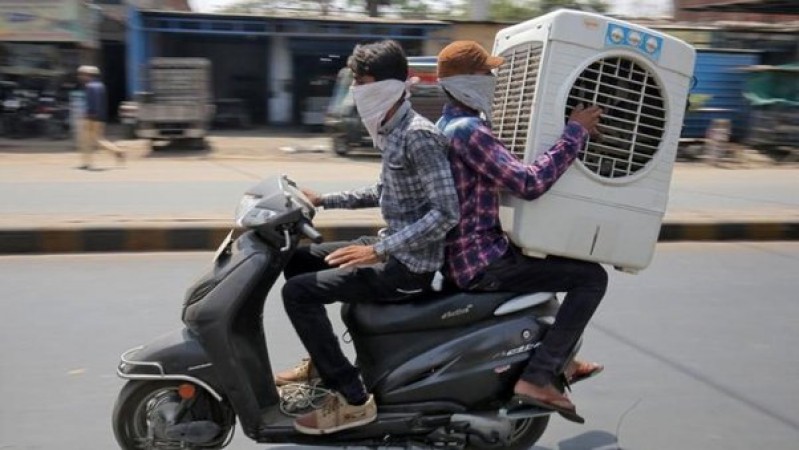
Riding a two-wheeler can be exhilarating, but it comes with its fair share of risks. Whether you're cruising through city streets or exploring winding country roads, safety should always be your top priority. While helmets are a crucial piece of protective gear, they're not the only thing you should rely on to keep you safe on the road. In this article, we'll explore why helmet alone is not enough and what other safety measures you should consider while riding a two-wheeler.
Helmets are designed to protect your head in the event of a crash or fall. They provide a cushioning layer that absorbs impact forces and reduces the risk of head injuries, including traumatic brain injuries and skull fractures. Wearing a helmet significantly increases your chances of surviving a motorcycle or scooter accident and reduces the severity of head injuries.
In many countries, wearing a helmet while riding a two-wheeler is a legal requirement. Failure to comply with helmet laws can result in fines or penalties. Therefore, wearing a helmet isn't just about personal safety; it's also about adhering to the law and being a responsible road user.
While helmets offer excellent protection for the head, they have limited coverage and don't safeguard other parts of the body. In the event of an accident, your face, neck, spine, chest, and limbs are all vulnerable to injuries if not adequately protected.
Helmets primarily distribute impact forces across the skull, but they don't prevent rotational injuries, which can occur during a crash. Rotational forces can cause brain injuries and concussions, even if the skull remains intact. Additional protective gear is necessary to mitigate these risks.
A sturdy riding jacket made of abrasion-resistant materials like leather or textile can provide protection against road rash and impact injuries. Jackets with armor inserts at the elbows, shoulders, and back offer enhanced protection in case of a fall or collision.
Riding pants serve as a barrier between your skin and the road surface, reducing the risk of abrasions and lacerations in the event of a crash. Look for pants with built-in knee and hip armor for added impact protection.
Gloves not only improve your grip on the handlebars but also protect your hands from injuries in case of a fall. They can prevent abrasions, cuts, and fractures, keeping your hands safe during a collision or skid.
Sturdy, ankle-high boots provide stability and protection for your feet and ankles while riding. They offer support and impact absorption, reducing the risk of fractures and sprains in the event of a crash or sudden stop.
Excessive speed increases the likelihood of accidents and reduces your ability to react to hazards on the road. Maintain a safe and manageable speed, especially when navigating curves or congested traffic areas.
Wear brightly colored or reflective clothing to enhance your visibility to other road users, especially in low-light conditions or adverse weather. Use headlights, turn signals, and reflective tape to make your presence known to drivers and pedestrians.
Stay focused on the road ahead and avoid distractions like texting, talking on the phone, or adjusting music while riding. Keep both hands on the handlebars and your eyes scanning for potential hazards at all times.
Anticipate the actions of other road users and be prepared to react defensively to sudden changes in traffic or road conditions. Maintain a safe following distance and be mindful of blind spots when overtaking or changing lanes. While helmets are an essential piece of safety gear for two-wheeler riders, they're not sufficient on their own to protect you from all potential injuries. Investing in additional safety gear like riding jackets, pants, gloves, and boots can provide comprehensive protection for your entire body in the event of a crash or fall. Remember to prioritize safety every time you hit the road, and always ride responsibly.
What is the difference between Tesla Model 3 and Xiaomi SU7? Know here
Now the wait to bring Mahindra XUV700 home is less, know what are the new waiting period details
Toyota introduced Toyota Fortuner mild hybrid SUV, will be launched in India by the end of this year